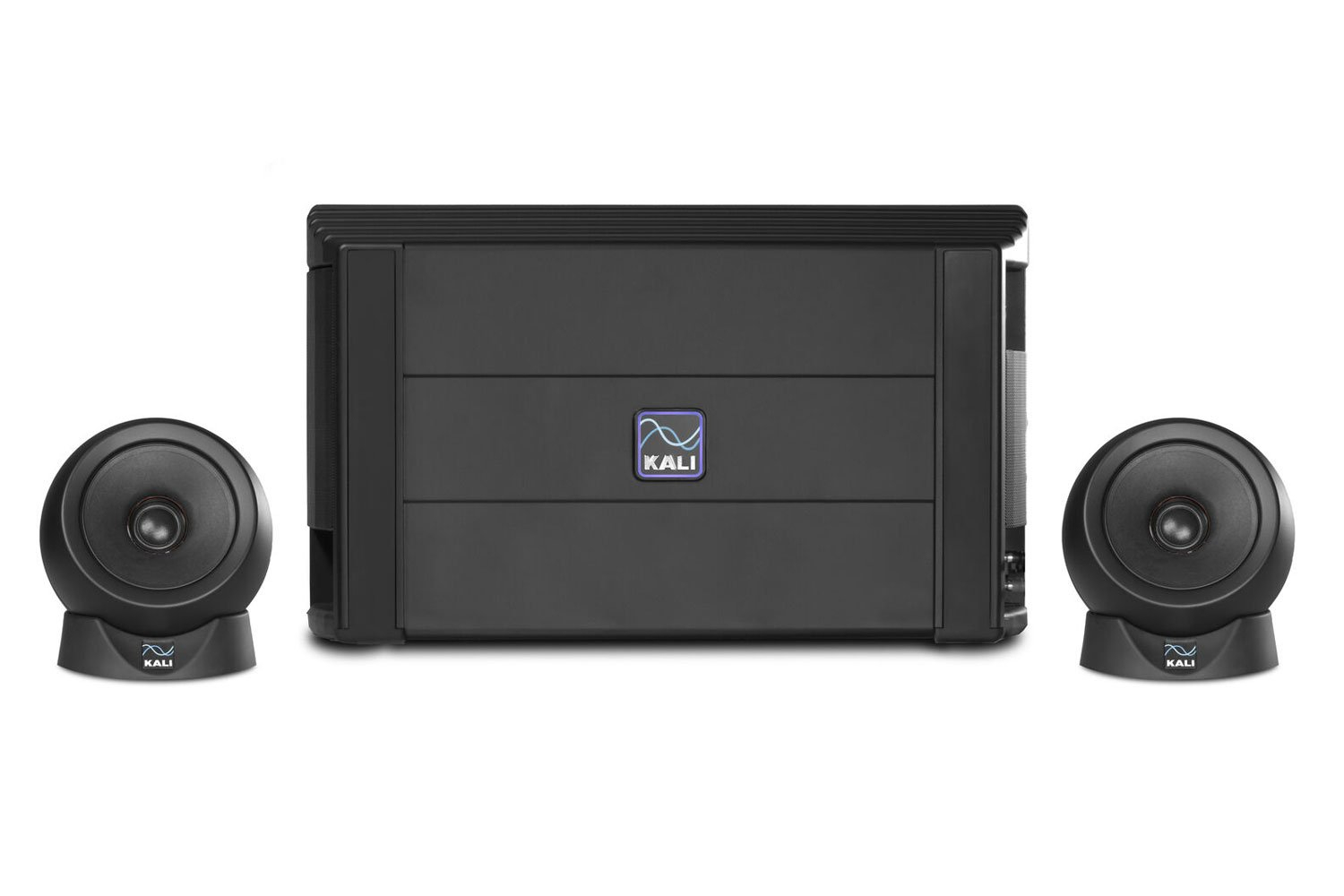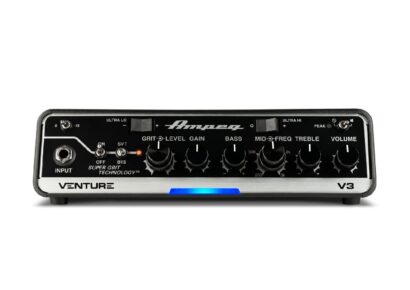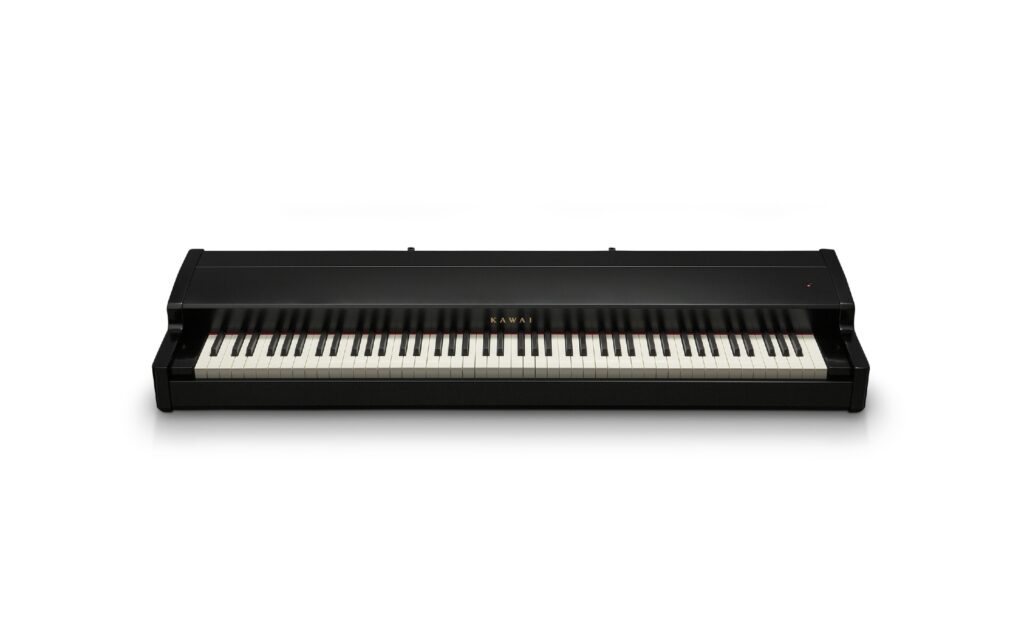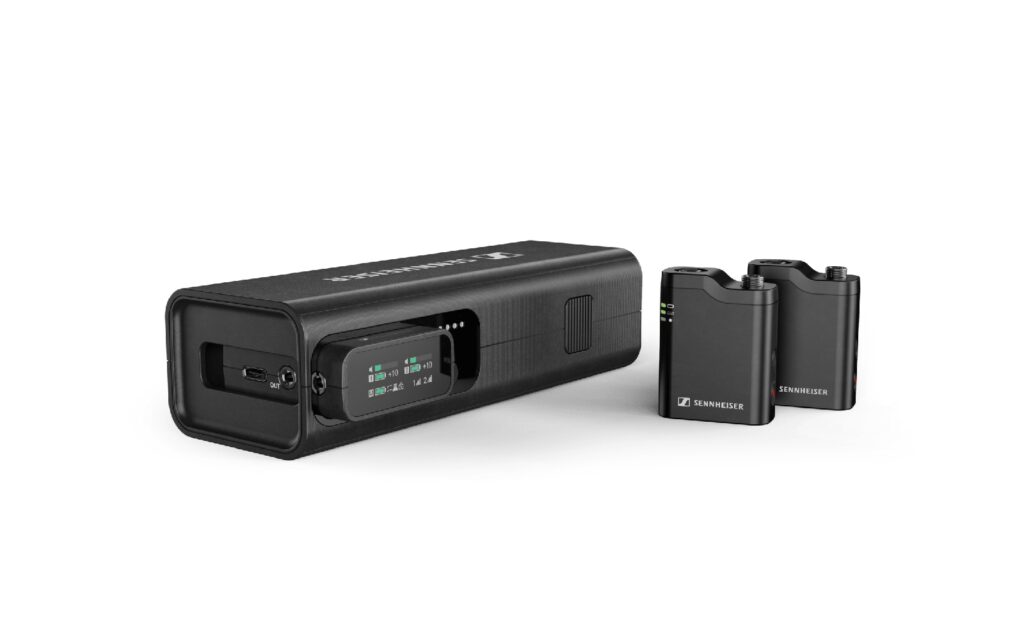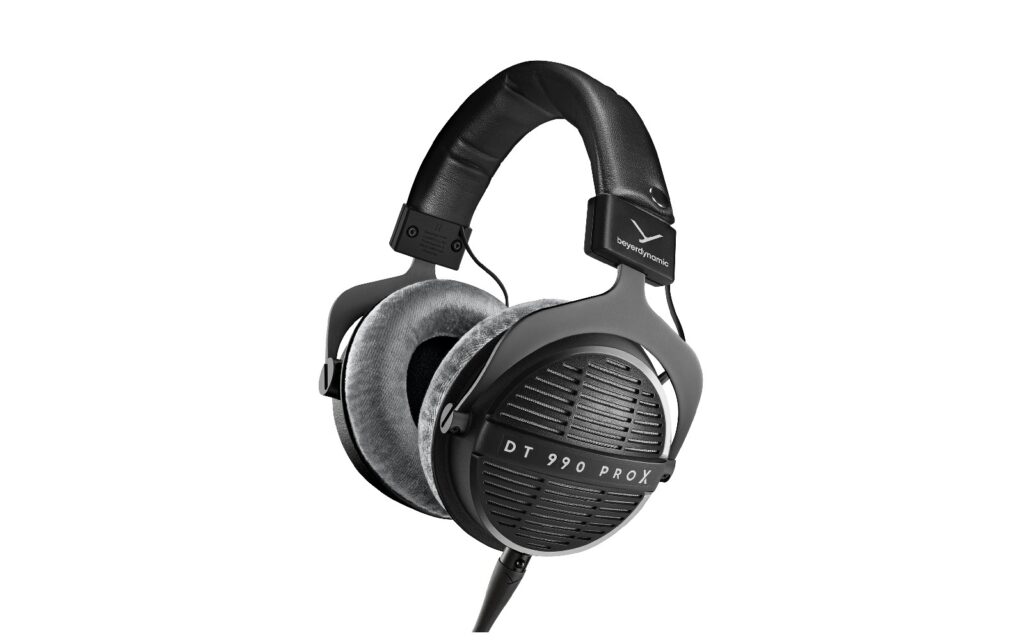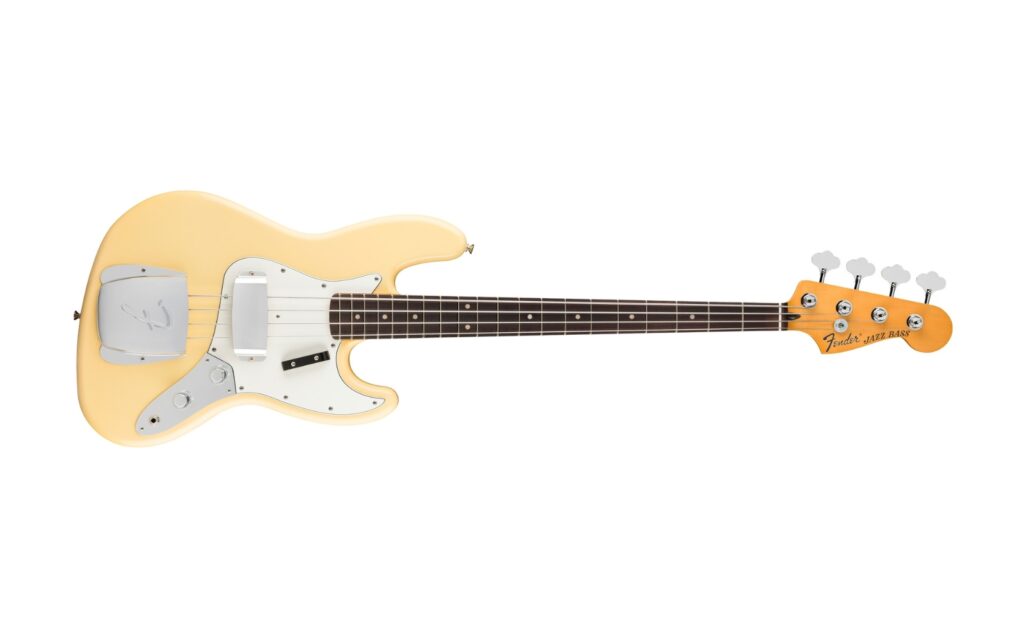Kali Audio IN-UNF Ultra Nearfield Monitors | National Audio Systems (NAS) | RRP: $1299
For years I have struggled with a close-range monitoring option for use on a small desk I like to use with my laptop. The larger desk, with the 32-channel mixing console was always housed in a space that allowed for a couple of pairs of good size nearfield monitors to be employed. But in my office, where I usually write and often edit, the desk does not allow for this. I’ve been through all manner of compact monitor speakers over the years, and really only endured tinny sound, booming false bass or rattling resonance. And stereo image is not a phrase I would associate with this space. Well, all that is about to change. Let me introduce you to the solution that we have all been after in a compact mixing space, the Kali Audio IN-UNF. This is the “Ultra Near Field” monitor system that you’ve probably been looking for yourself!
Kali Audio IN-UNF Ultra Nearfield Monitors
Read more gear reviews here.
So, what exactly is the IN-UNF, and how is it going to solve your monitoring issues in a small workspace? Well, essentially this is a subwoofer and satellite speaker system, but it has been very cleverly designed to maximize the environmental constraints of a narrow desktop surface. Normally, we’d expect not only a decent amount of space between our monitors and our listening position, but also, a good amount of space behind the desk too. This is rarely an option in a home recording or mixing environment. So, the IN-UNF system has been designed to work specifically in this space.
The two satellite speakers are a coaxial design, with the 1-inch tweeter sitting in the centre of a 4-inch midrange driver. These are housed in a compact, spherical casing that sits snuggly in a rubber cup mount, on the desktop. You can then angle the speakers to fire precisely towards your listening position, no matter where you have them set up on the desk. They have been designed for peak performance at about 80cm, or about arm’s distance. Which, if you’re sitting at your computer now, and stretch your arms out to either side of the screen, will give you an idea of just how close they are designed to operate.
The large unit at the rear acts as the amplifier housing, DSP engine, DAC and subwoofer. It has a lot going on, and we’ll talk about the connectivity in a moment, but first, let’s look at the speakers housed in there and how it is designed to be set up.
IN-UNF set up
With two 4.5-inch woofers, this unit delivers the bottom end that is needed for close range monitoring. These two speakers are horizontally opposed, so their vibrations essentially cancel each other out. The result is a subwoofer box that pushes air, but doesn’t vibrate itself. This is ideal, given that it’s intended to sit up on the desk between the two satellite speakers, and you don’t want to introduce unwanted vibrations into the desk surface. Given that it doesn’t offer unwanted resonance, there are several ways in which it can be placed on the desk.
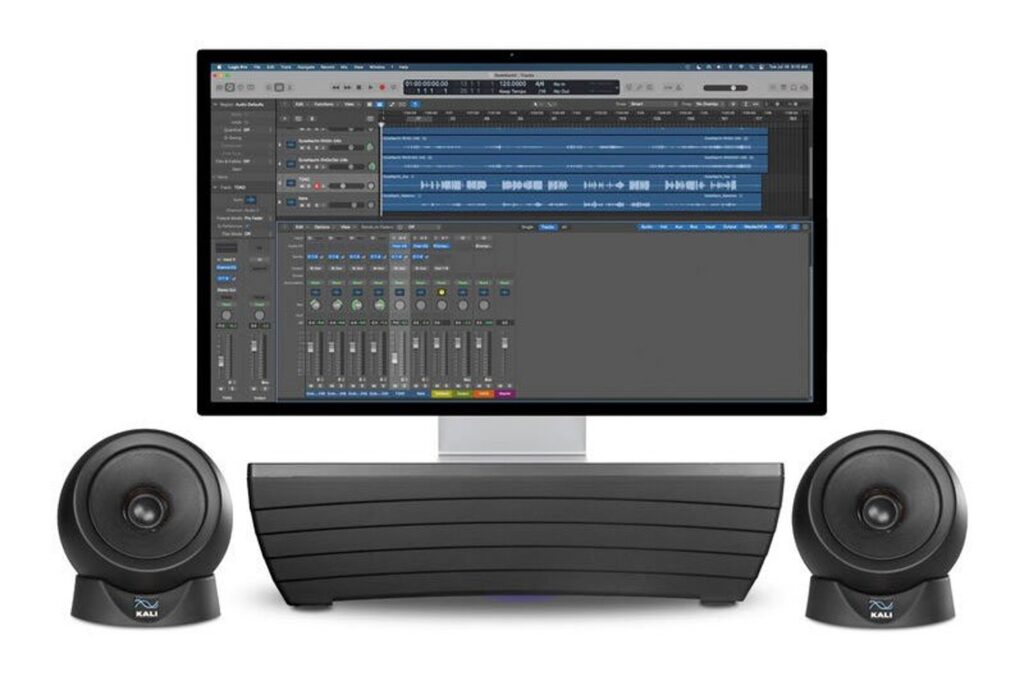
It can be stood up behind a computer monitor, or right behind a laptop, or it can be laid flat and used as a riser for your monitor, if you so wish. The design of the housing and the speaker orientation allows for this unit to sit under a computer monitor and not cause vibrations at listening levels up to 85dB. Obviously, like any speaker, if you really give it some gas, it is going to move into the realms of harmonic distortion and the housing is going to want to vibrate too. That said, given that the Kali Audio IN-UNF system isn’t intended to be used as a PA system, you really shouldn’t find yourself needing it that loud. The close listening position allows for ample volume without excessive levels.
The whole unit has been tuned to work with the desktop as an environmental factor. It works with close walls to the rear, and even close walls to both sides of the desk, taking into account the desktop surface too. With the speakers right on the surface, the reflections from the desk are greatly reduced as compared to a traditional raised nearfield monitor setup, but it does still have an effect on the low frequency response. To counter this, there is a series of DIP switches that allows you to alter the settings for your room and listening position. Scanning the QR code next to the DIP switches will link your through to the webpage with all the options to match your IN-UNF system to your room.
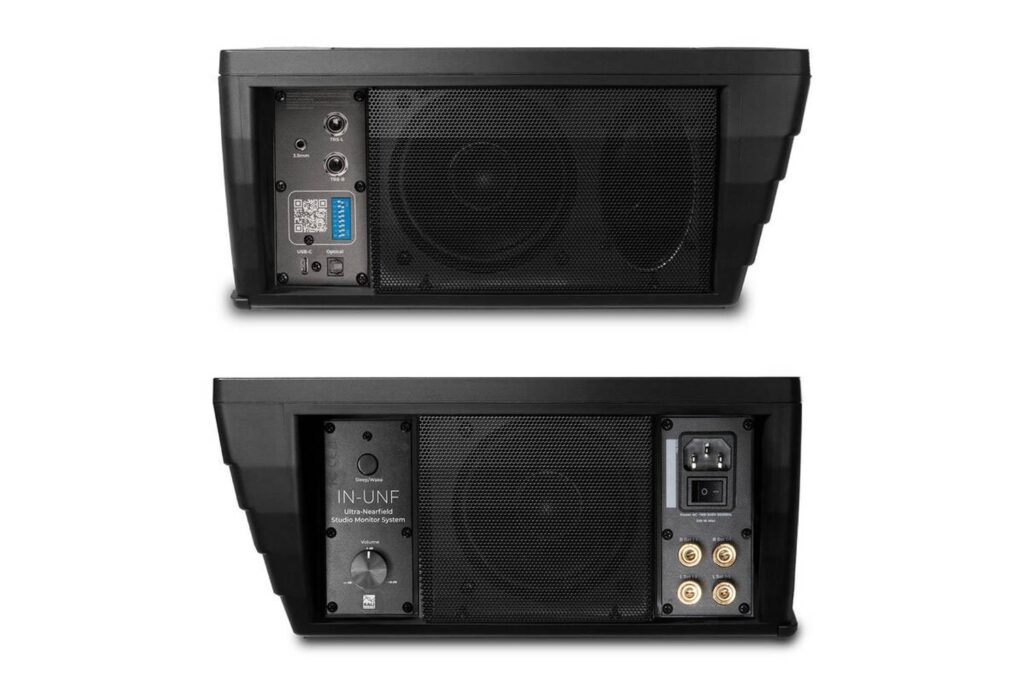
In setting up your Kali Audio IN-UNF system, power is run to the subwoofer unit, as too are all the audio connections. Inputs are offered on balanced TRS connectors for use with a mixing desk (which you won’t have space for in such a small setup) or, more likely, an audio interface. A 3.5mm stereo jack input is offered for use with devices that only have a headphone output. An optical input is also available, which could be used if setting the system up with a small digital television as a monitor. Further to this, and rather excitingly, a USB-C connection is offered for direct digital connection to your PC or Mac laptop. The IN-UNF acts as a DAC (digital to analog converter) and takes audio directly from your laptop without the need for an external audio interface, when you just want high quality audio monitoring from your mixing and editing software. The speakers are connected with solid banana plug terminated speaker cables, so it would be easy enough to extend these if you had to place the speakers at a wider distance.
Overall, this is a very clever system that really takes into account all the problems of nearfield monitoring in compact workspaces. The stereo spread is excellent, and the detail in the sound is far better than what you’d expect from such a small system. This really is a standout product that is going to change how many of us monitor and mix at home. Put the headphones aside and allow the sound to open up and be free, no matter how small your workspace. Seriously, I am impressed. Well done Kali Audio!
For local enquiries, visit National Audio Systems.
